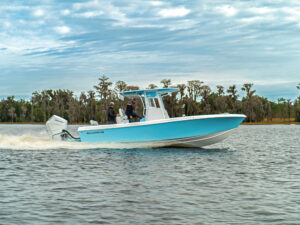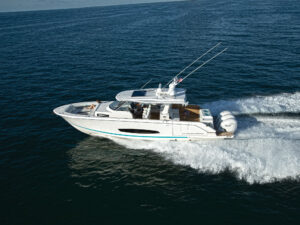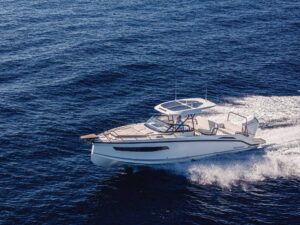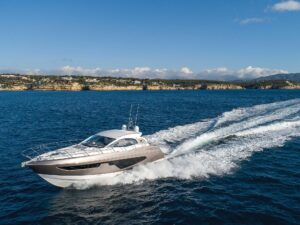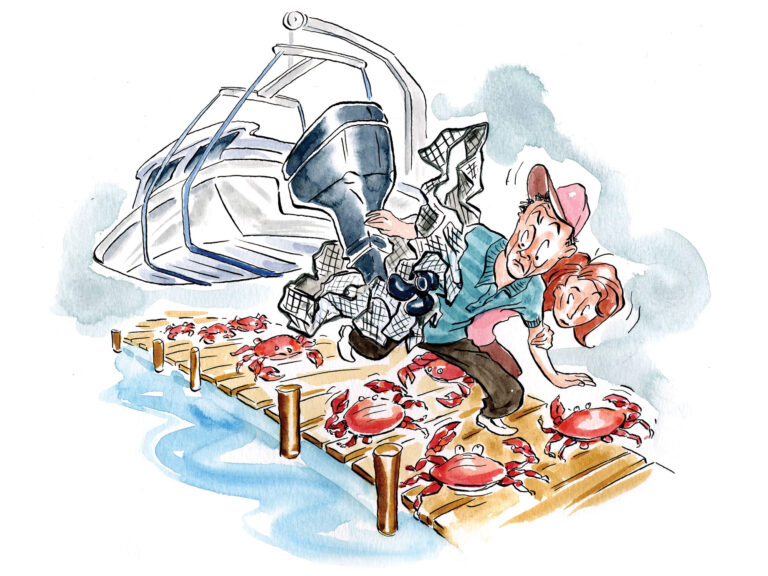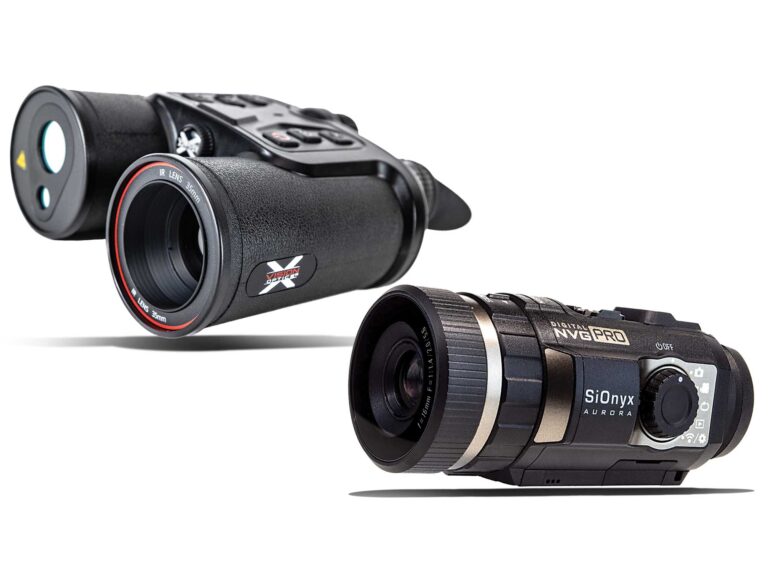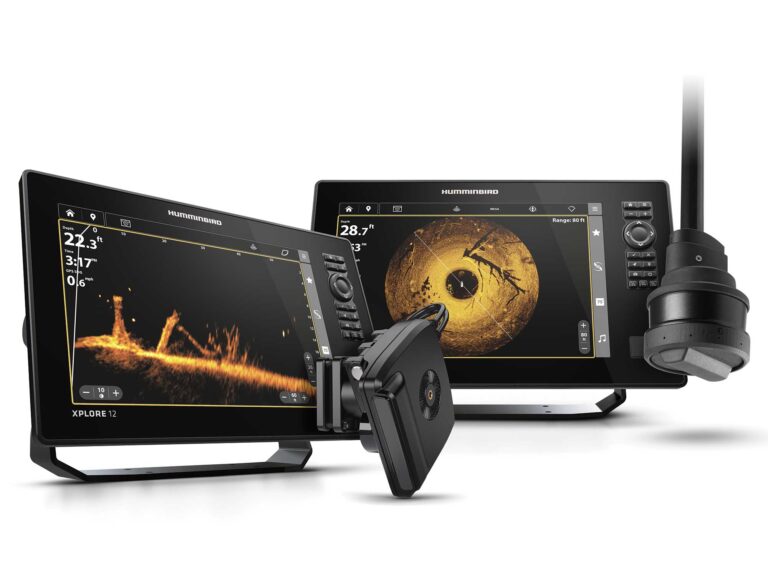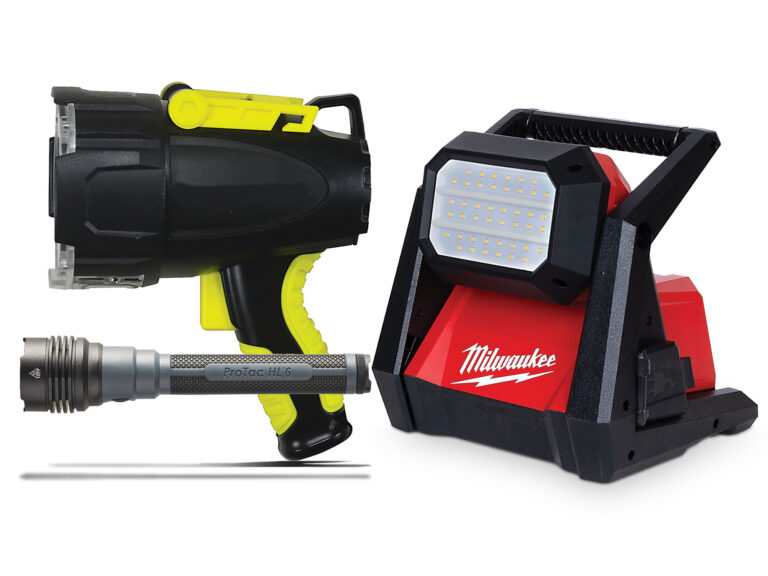Servicing and rebuilding an engine’s carburetors are not difficult. Doing so requires more patience and attention to detail than skill. Specifics vary by make and model, but the principles of carburetor rebuilding are the same no matter the engine brand, model or size. Here are some key points.
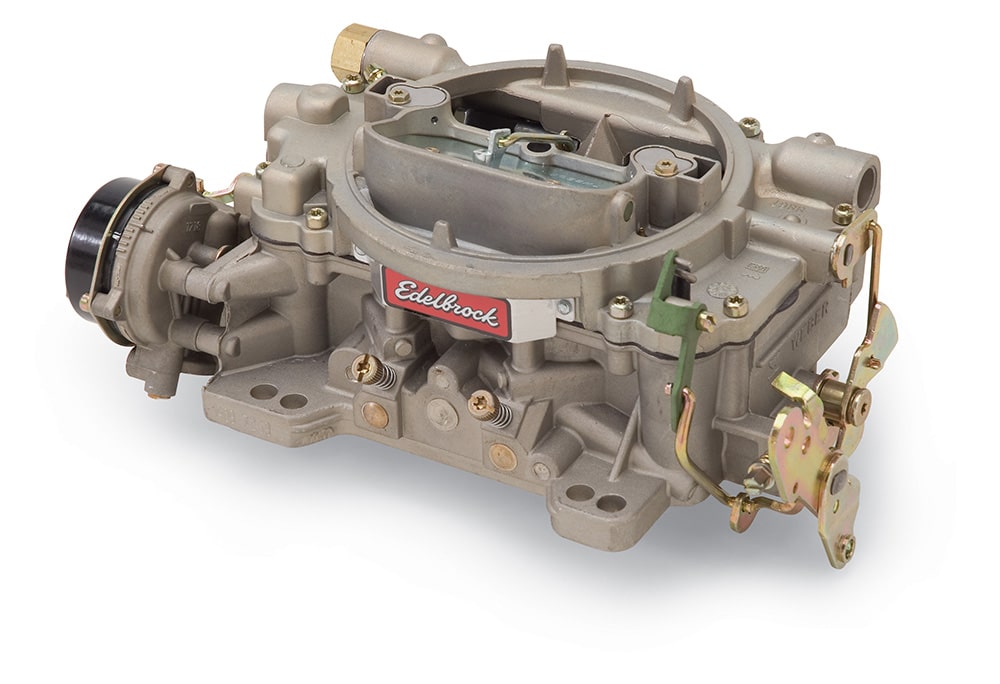
Marine Carburetor Rebuild
1. Remove
The jets must be disassembled. You can modify a screwdriver to do it, but I recommend purchasing the factory-specified jet removal tool.
2. Clean
Soak the carb bodies, float bowls and jets in carburetor cleaner. Use compressed air to clear out passages. Never ream passages!
3. Replace
Double-check the float height and drop measurements when replacing the float, inlet needle and seat. Improper adjustment leads to flooding (too high) or fuel starvation (too low).
4. Procure
Eschew eBay and go straight to an authorized dealer or manufacturer or equipment supplier for new, alcohol-resistant rebuild kits that stand up to ethanol.
5. Adjust
Install adjustable jets into the carburetor body carefully lest you damage the jet and body. Set the “turns out” to the manual’s specs, and then adjust idle speed to just avoid sputter.
6. Seek
Many carburetors have “Welch plugs” (aluminum core plugs) that conceal tiny, easily clogged holes. Clean thoroughly inside, and then install new Welch plugs.
7. Investigate
If idle problems persist following a carburetor rebuild, check for air leaks by the intake manifold gaskets and mounting bolts.

